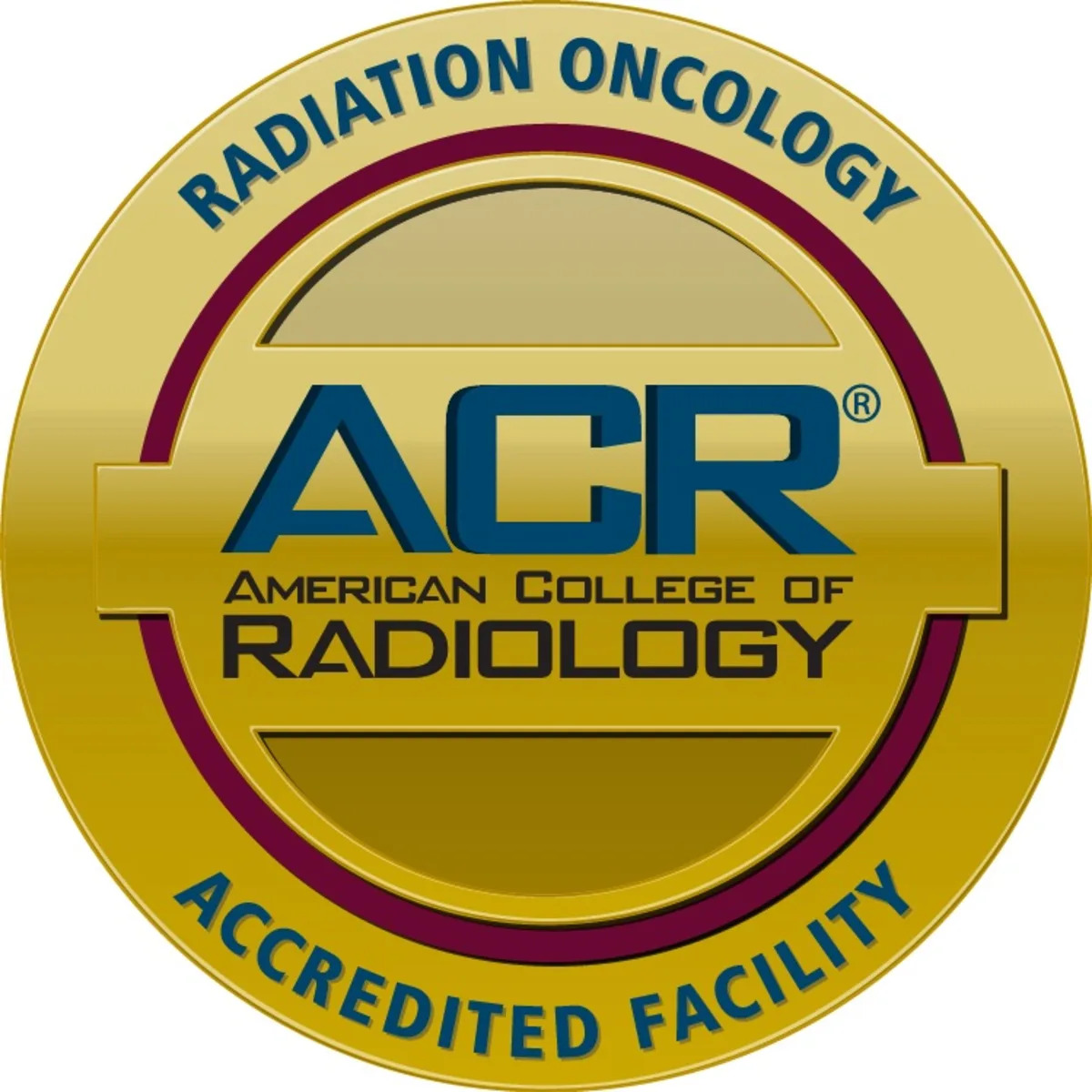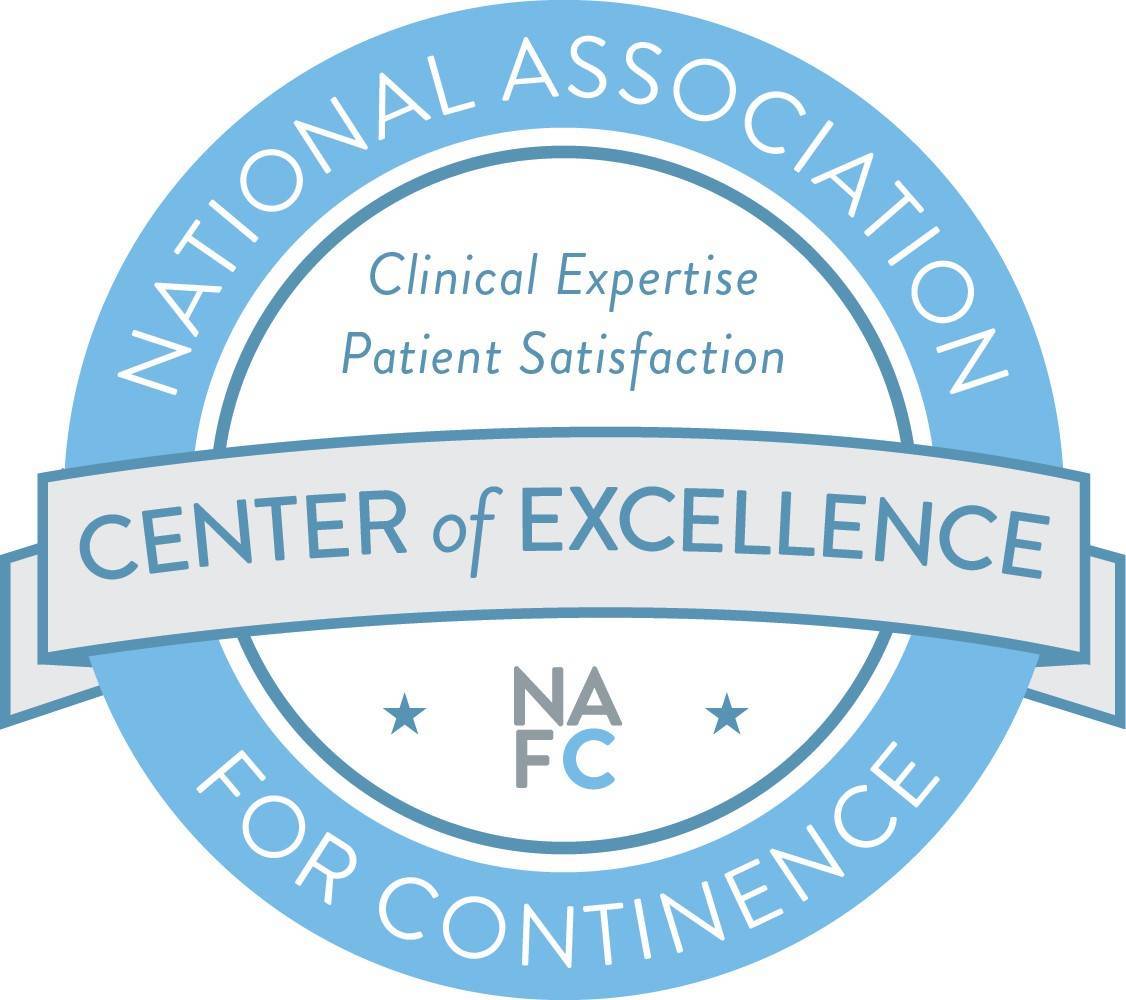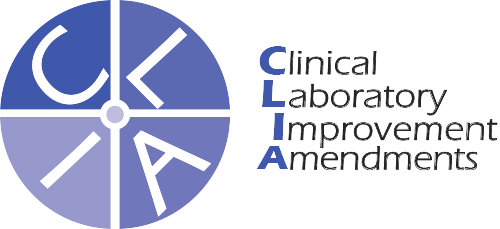Undescended Testicle (Pediatric)
Undescended testicles, also known as cryptorchidism, is a condition that can occur in boys. It involves one or both testicles not descending into the scrotum as expected during normal development. Normally, the testicles develop in the abdomen and gradually descend into the scrotum before birth or during the first few months of life. When this process is incomplete, the testicle remains in the abdomen or along the path of descent. Undescended testicles require medical evaluation and possibly intervention, as they can lead to potential complications if left untreated.
Causes
- The exact cause of undescended testicles is not always clear, but it often involves a combination of genetic and hormonal factors.
- Premature birth is a risk factor for cryptorchidism.
Diagnosis
- A pediatric healthcare provider can diagnose undescended testicles through a physical examination of the scrotum and inguinal area.
- Imaging tests, such as ultrasound, might be used to locate the position of the testicle(s).
Treatment
- Treatment depends on the age of the child and the location of the undescended testicle(s).
- In many cases, undescended testicles descend on their own during the first few months of life.
- If the testicle(s) do not descend naturally, treatment might be recommended.
Surgical Intervention
- Surgical correction is often considered for cases where the testicle(s) do not descend on their own.
- The surgical procedure, called orchidopexy, involves moving the testicle(s) into the scrotum and securing them in place.
Timing of Surgery
- The timing of surgery depends on factors such as the child’s age, the position of the testicle(s), and the healthcare provider’s recommendation.
- Surgery is often performed within the first year of life to ensure healthy testicular development.
Follow-Up
Regular follow-up appointments with a pediatric urologist are important to monitor the condition and the success of the treatment.
Undescended testicles should not be ignored, as they can lead to complications such as infertility and an increased risk of testicular cancer if left untreated. If you suspect that your child has undescended testicles or if you notice that the testicle(s) are not in the scrotum, it’s advisable to consult a pediatric healthcare provider or a pediatric urologist. They can provide an accurate diagnosis, recommend appropriate treatment options, and ensure the best possible genital and reproductive health for your child.
Accredited By




